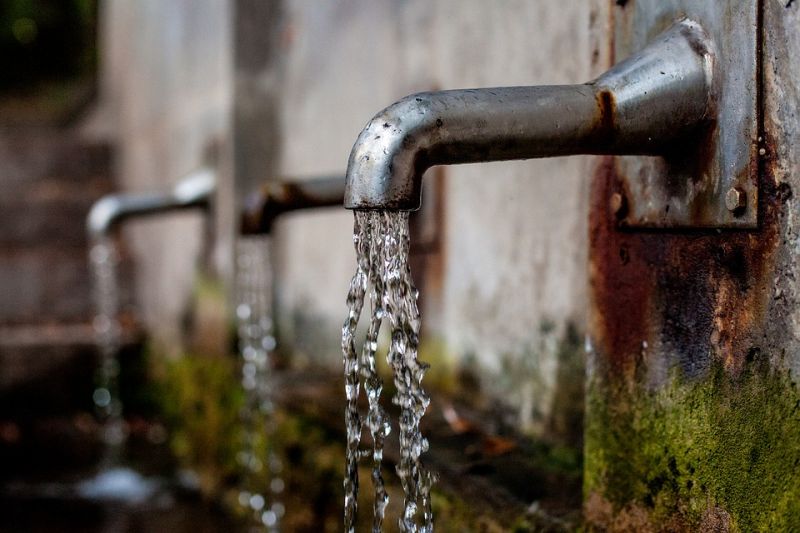Small Water Systems in Puerto Rico Badly Affected by Maria
Published on by Water Network Research, Official research team of The Water Network in Academic
Small water systems in Puerto Rico tend to be found in remote and rural areas, which were hard hit by Hurricane Maria. How badly were they affected by the storm? NRDC has obtained the results of an assessment of 237 small, independent water systems conducted by EPA after Maria, serving a total population of about 89,100 people.

Image source: Pixabay
By Mekela Panditharatne
These assessments were conducted in November and December 2017. They show that nearly half of the small systems—at least about 48 percent of those that reported—suffered from a significant deterioration in operational capacity several months after the storm, in some cases leading to a total inability to deliver water to residents.
At least 42 small water systems reported needing a power generator or solar panels, and 48 sites reported needing generator fuel. In addition, at least 37 sites did not have chlorination tablets, or needed water treatment or equipment necessary to purify the water. Others sustained damage to pipes and storage tanks, or were inaccessible because of storm debris.
The majority of Puerto Rico’s population is served by water systems operated by the Puerto Rico Aqueduct and Sewer Authority (“PRASA”). Cities served by PRASA water systems have enjoyed the bulk of the hurricane coverage, simply because more is known about the damage inflicted to these water supplies. However smaller, independent community water systems (“non-PRASA systems”) have faced unique challenges after Hurricane Maria. These systems have historically struggled to comply with safe drinking water standards, particularly for coliform bacteria and turbidity. The communities they serve face a severe lack of technical and financial capacity to redress long-standing issues and remedy storm damage to water supplies.
The records obtained by NRDC shed more light on how small water systems were affected by the storm. At the close of 2017, EPA’s assessment shows, 22 sites, all non-PRASA water systems, were classified by EPA as “red,” meaning that that they needed emergency potable water, because they were not able to provide water, had no power, and/or had no generator. EPA classed 26 sites as “orange,” indicating that the systems required major repairs, and/or were in need of a generator or a power source. And 14 sites were classed as “yellow,” meaning that systems were damaged and still in need of repairs but were still functioning.
Read full article: NRDC
Media
Taxonomy
- Rural Water Supply & Sanitation
- Sanitation
- Water & Sanitation
- Sanitation & Hygiene
- Rural Area Water Supply
- Water & Sanitation
- Rural development
- Water Sanitation & Hygiene (WASH)